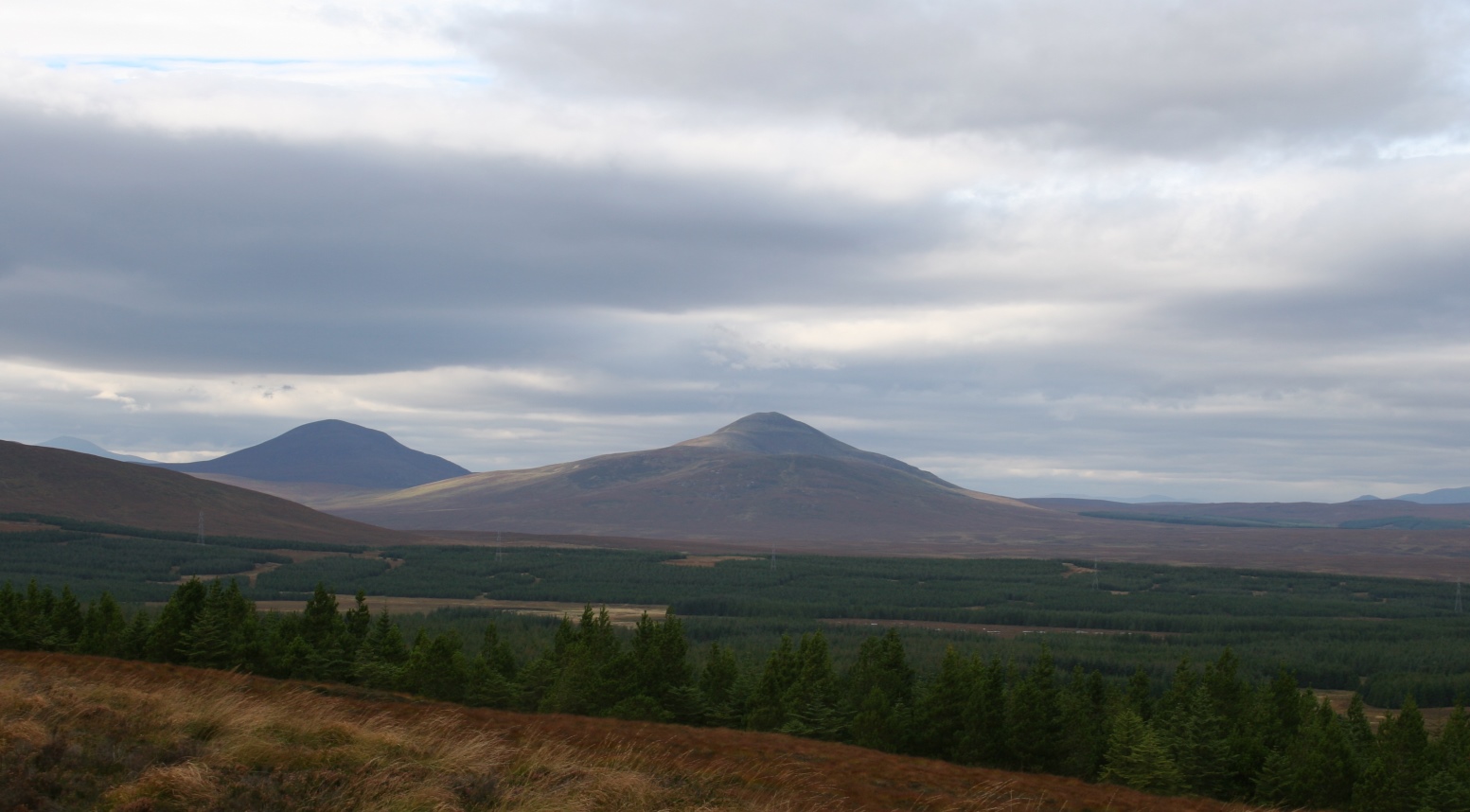Highlights
- Good forest practice was effective at protecting water quality.
- Streamwater acidity and ecology unaffected by conifer afforestation.
- Hurricanes caused marked changes in streamwater acidity and water colour.
- Total P increased after fertiliser applications but no impact on ecological status.
- Findings will inform future woodland expansion within sensitive water catchments.
Abstract
Our study was driven by objections to afforesting the sensitive peaty headwaters of the River Halladale in Northern Scotland on the grounds that this would damage water quality and the local salmon fishery. Approval was given in 1995 for the planting to proceed on condition that monitoring was carried out to assess the effects of forest establishment and growth on water quality and ecology. The long-term data also allowed us to study the effects of climate on water quality.
Stream turbidity, colour and DOC levels were unaffected by ploughing and drainage that preceded tree planting in 1996, indicating that good forestry practice measures were effective in limiting soil disturbance and transport of mobilised sediment to the watercourses. Nitrate and ammonium concentrations remained low following afforestation but Total P increased in response to a series of fertiliser applications over the proceeding 20 years. These increases were temporary and have had no impact on river ecological status; calculated phosphorus fluxes were low.
Concerns over the potential for afforestation to increase surface water acidification were not borne out, even in the most acid-sensitive tributary. None of the acidity parameters increased over the course of the study and conditions in all watercourses remained suitable for supporting salmonid fish. Decreasing SO4 concentrations indicate an improvement in water quality due to reduced sulphur deposition, with no evidence of any afforestation or forest scavenging effect.
Significant changes in streamwater acidity were seen after two hurricanes in winter 2011/12. Two sites showed a marked reduction in stream pH and aluminium, and a marked rise in Acid Neutralising Capacity (ANC), that lasted for a period of at least four years. These changes accorded with notable rises in base cation concentrations and turbidity, suggesting a temporary increase in mineral weathering, most likely caused by a localised land slip or bank collapse. Sea-salt inputs and soil ion-exchange reactions are also thought to have affected the response in streamwater chemistry.
The water quality results correspond well with data from the fish and benthic invertebrate surveys, which showed that forestry operations and forest growth to age 24 years have had no adverse impact on population diversity or abundance with no evidence of deterioration in freshwater ecology over the time series. These findings will help inform future woodland expansion for multiple benefits, including within sensitive water catchments.

